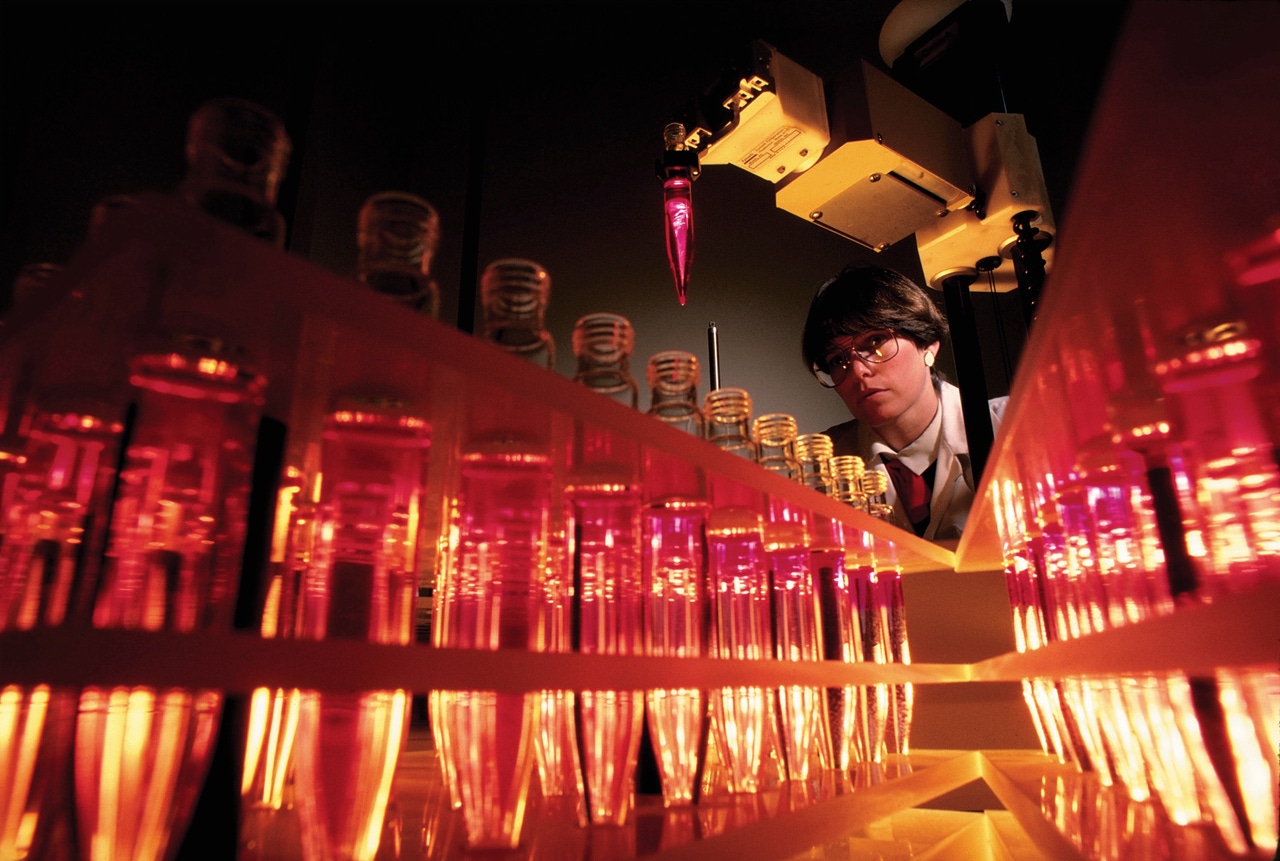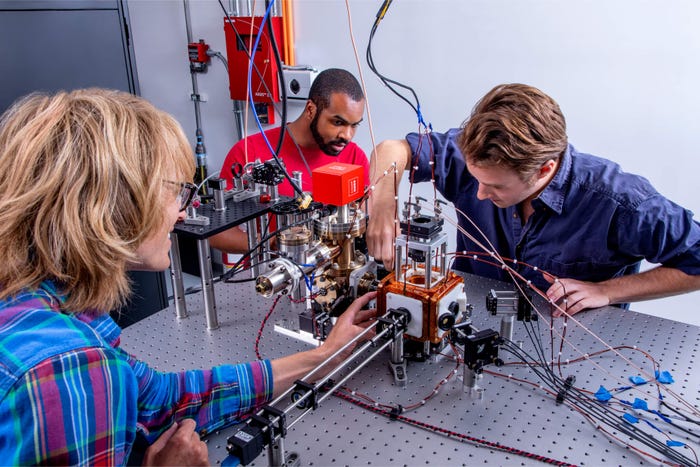
Connects decision-makers and solutions creators to what's next in quantum computing
Partnership Offers Researchers Access to Quantum for Drug DiscoveryPartnership Offers Researchers Access to Quantum for Drug Discovery
Polaris Quantum Biotech and Scientist.com team to give researchers access to the Quantum-Aided Drug Design platform
January 10, 2024

Polaris Quantum Biotech and Scientist.com team to offer researchers access to the Quantum-Aided Drug Design platform.
Polaris Quantum Biotech (POLARISqb) has partnered with scientific research service provider Scientist.com to offer researchers access to POLARISqb’s innovative Quantum-Aided Drug Design (QuADD) platform.
POLARISqb specializes in quantum computing for drug discovery quantum computing. QuADD is a software platform that uses quantum computing to help create optimized molecular libraries for drug design.
The process traditionally took months and can now be accomplished in just days. QuADD translates the complex task of building molecular libraries into an optimization problem solvable by quantum annealing computers.
A key feature of QuADD is its ability to target specific binding pockets, identifying novel, bioavailable, and synthesizable lead-like hits. It achieves this by searching a massive potential chemical space of up to 1030 molecules in one to three days.
Researchers provide the structure of the protein binding pocket and active agent as input, and QuADD delivers a tailored library of candidates targeting the specified pocket. These candidates must also align with the project's molecular property goals.
POLARISqb introduced QuADD in April 2023. It operates on quantum computers, allowing researchers to quickly and thoroughly search molecules compatible with the targeted binding pocket.
QuADD’s “Best-in-Class” mode identifies novel molecules like existing intellectual property, using a model compound as a reference.
“Best-In-Class allows QuADD to examine areas very close to a known drug patent by searching an enormous chemical space and recovering subtly novel structures that still resemble the template,” said POLARISqb director of computational chemistry Kendall Byler.
About the Author
You May Also Like






